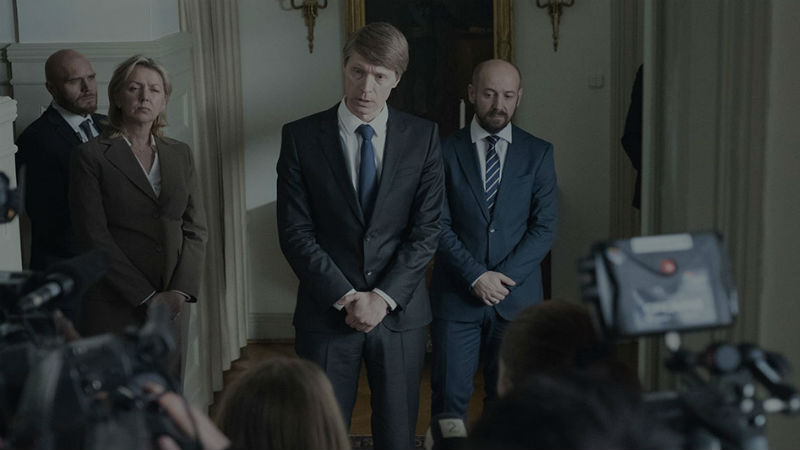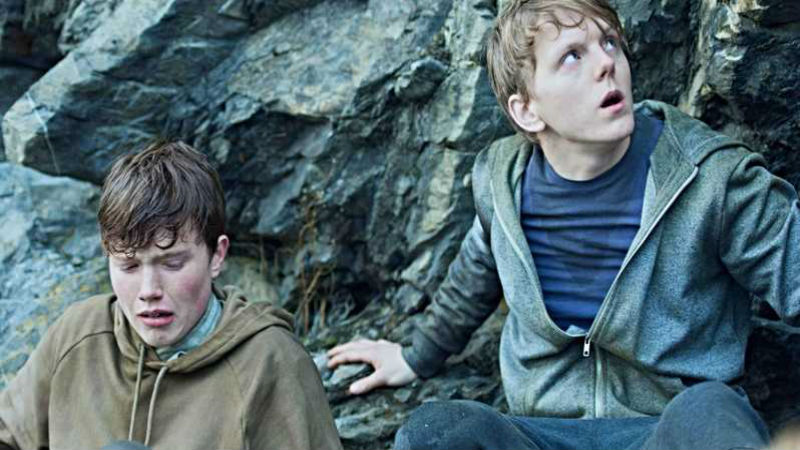Fifty-five-year-old Wang Bing is perhaps China’s most internationally acclaimed documentarist. His films are recognised for the humanistic portray of Chinese people as well as for their peculiar duration: Tie Xi Qu: West of the Tracks (2002) lasted a mere 551 minutes (little more than nine hours). Youth is no different, with an equally focus on real people, and at a taut 213 minutes (little more than 3.5 hours). The film follows various young people – mostly adolescents aged 16 to 19 who migrated from the neighbouring province of Anhui – as they toil and unwind (in their scarce leisure time) in Zhili, a small town in the vicinities of Shanghai. Their stories intertwine, in a movie devoid of a narrative arc. The director stays behind the camera, in a fly-on-the-wall type of interaction.
These young people are energetic and boisterous. They carry out their work undaunted, and almost invariably with a smile on their faces. Their joie-de-vivre is entirely palpable. They don’t seem to mind the insalubrious working and living conditions. The corridors are littered with debris, the walls collapsing with filth, the sleeping areas crammed with countless people (bedsits often next to the sewing machines). These workers are at the coalface around the clock. Their favourite topics are marriage and money. Only very occasionally there is a touch of romance. These people seem to have an inborn sense of practicality. They spend most of the film calculating how many garments they have to produce in order to make ends meet. Thousands. Perhaps even tens of thousand. They are paid between 4 and 12 yuan per piece (£0.40 to £1, roughly). They presumably have to work exceptionally long hours in order to make a decent living wage. Despite taking place in a technically communist nation, it is the machinations of Neoliberalism – particularly the gig economy – that you will identify in Youth (at one point, a boss reminds his workers of their replaceability. while also insulting them: “retards”).
Strangely, these people never bemoan their working conditions, and they don’t dream of getting away either. There is no desire for change, it seems. I wonder the reason for such lack of self-reflection and criticism. Is it due to censorship, is this a factuality, or perhaps just a creative choice instead? While certainly not a piece of government propaganda, I am not sure whether Chinese authorities vetted Wang Bing’s latest film Hence I genuinely don’t know the answer to the question that I just posed. Whatever the answer, I wouldn’t blame the director. He is not responsible for the protocols that may (or may not) be forced upon him.
The cinematography is sombre and elegant, in line with the shabby locations, and in contrast to the chirpy demeanour of the characters. Despite the “spring” in its title, Bing’s latest endeavour is a very dark one, at least from a visual perspective. The weather is almost invariably cloudy or rainy. The director presumably used a very low ISO: the photography light is visibly bust during the only, extremely brief sequence out in the sun.
While Bing deserves unequivocal praise for his realism, the same does not extend to the length of the narrative. Overall, Spring does overstay its welcome. It is possible to make an extremely long documentary about spirited teens that’s engaging throughout. If you enjoy watching young people haggling relentlessly for 3.5 hours, this is the film for you. Otherwise you might get a little bored. Or you might at least want to pop out of the cinema for a little break (the film is being shown without an interval at all)
Youth (Sprint) premiered in the Official Competition of the 76th Cannes Film Festival, when this piece was originally written. It isn’t the only documentary in a strand normally reserved for fiction features. Tunisian drama Four Daughters (Kaouther Ben Hania) is a highly inventive and audacious family and political doc. Out in the UK in October, as part of the BFI London Film Festival.
This is the first entry in a trilogy of films that follow the same characters over an extended period of time.Wang Bing estimated the trilogy would run for approximately nine hours and 40 minutes.










